What is degenerative myelopathy in dogs?
Canine degenerative myelopathy (DM), is also known as chronic degenerative radiculomyelopathy (CDRM).
What is DM in dogs? Degenerative myelopathy is a progressive disease caused by a gene mutation that affects the spinal cord and nerves, which can lead to hind limb weakness and gradual paralysis. When the white matter in the dog’s spinal cord slowly deteriorates, the nerves gradually lose their ability to send impulses.
Occurring mostly in older dogs between 8 and 14 years of age, the disease negatively impacts their life.
It usually starts in the middle of the dog’s back known as the thoracolumbar spine. The degeneration then spreads to the top and the bottom of the spine. Eventually, this leads to paralysis of the hind legs or paraplegia for your dog.
Between 8 and 14 years of age, dogs will start to show symptoms of degenerative myelopathy. The progression of this disease is gradual and will deteriorate gradually towards the end.
Unfortunately, there is no cure for degenerative myelopathy. It is a progressive disease and sadly the end result is always death.
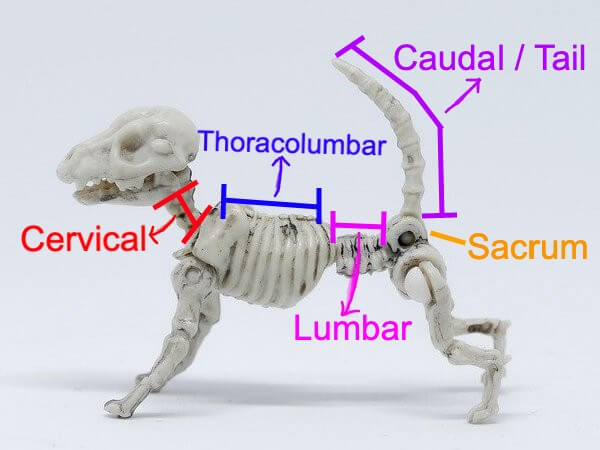
Helping you decide when to euthanize your dog with degenerative myelopathy
Contact your veterinarian if you are worried your dog is suffering due to degenerative myelopathy. Together with your vet, you can make a decision about euthanization. Don’t make any hasty decisions. Euthanization may not be the best option if your dog’s symptoms are minor and they are enjoying life. Seek treatment options if they are available for your dog. Acupuncture could potentially be an effective treatment for managing the symptoms of this degenerative myelopathy in dogs. Treatments such as acupuncture and medical CBD oil can be effective at managing pain. Not all treatments will work for all cases of the disease, always seek advice from your dog’s vet before getting treatment for your dog. Asking for help from qualified professionals can really take the stress out of the decision and give you peace of mind.
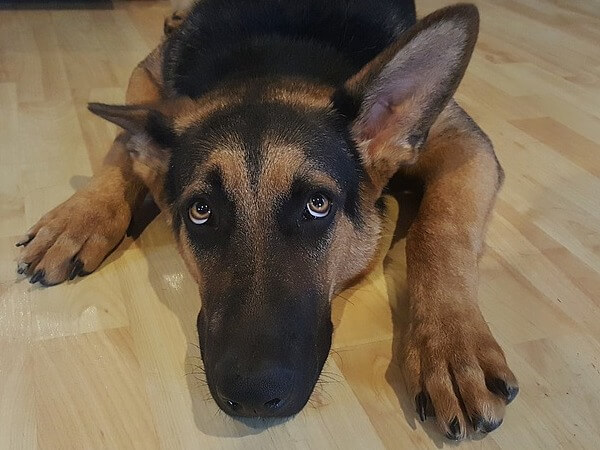

Between the ages of 8 and 14 years, your pup may start showing signs and symptoms of degenerative myelopathy. Keep an eye out for unusual behaviors and destructive side effects of DM. Consult our list of common symptoms. If you’re in doubt, always consult with a certified veterinarian.

According to the Orthopedic Foundation for Animals (OFA), there are certain dog breeds that have been proven to be carriers of the gene that causes DM. Consult our list of dog breeds that are most affected by degenerative myelopathy.

Contact your veterinarian if you suspect any unusual behavior from your dog. A simple phone call to your vet could provide you a wealth of knowledge about what to do next and whether you need to bring your dog in for a checkup. Your vet will perform a number of tests.
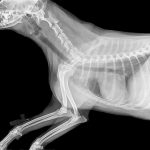
Canine degenerative myelopathy has several stages. Without treatment, the combined stages from early to late-stage may last up to 6 months to 1 year. With aggressive treatment, your dog’s life may be extended up to 3 years.
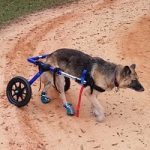
When it comes to DM, there is no one specific treatment. You can provide your dog with physical therapy, assistive equipment, and holistic modalities. Your vet will prescribe appropriate medications as further complications arise.

This step is the most difficult with questions to consider. If your dog is consistently depressed and unhappy due to the symptoms or has urinary incontinence, your vet will likely bring up the option of euthanizing your dog.
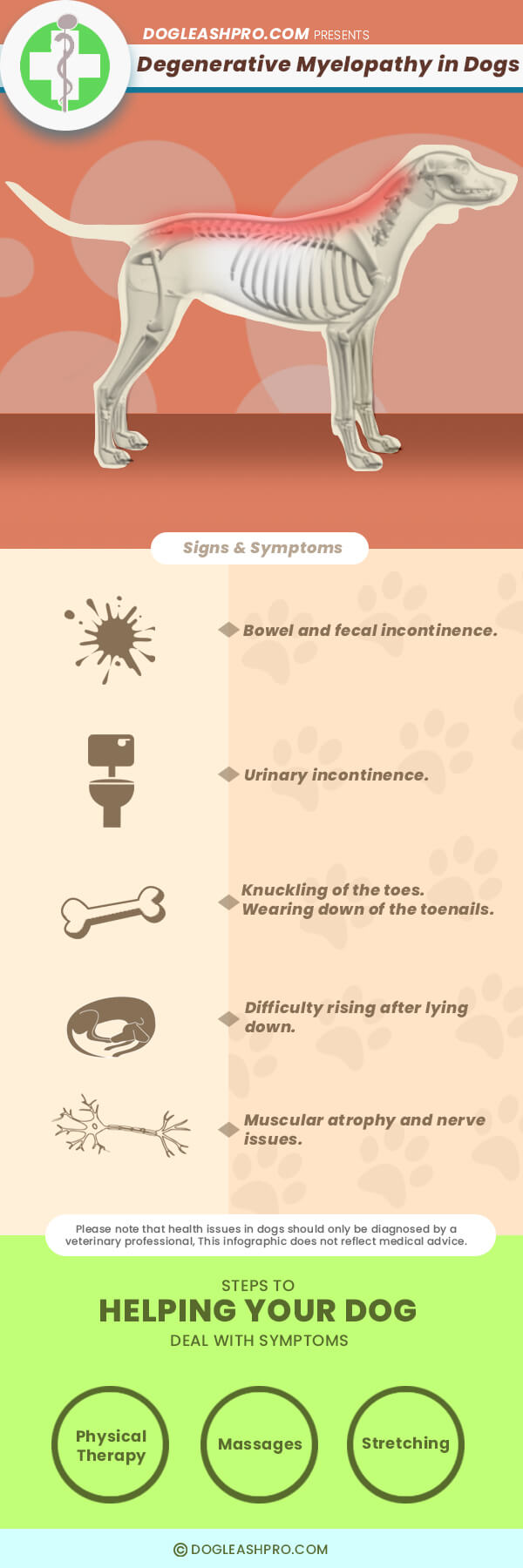
What is Degenerative Myelopathy?
Before going ahead to consider euthanizing a dog with degenerative myelopathy, you should know what the disease is about. When you understand the disease and its effect, you will have an idea of the right time to euthanize your dog when it gets affected by this disease.
Degenerative myelopathy in dogs is when the white matter in a dog’s spinal cord gets degraded. This happens gradually, and it involves the nerves in the spinal cord losing the ability to relate with impulses.
This degradation of the dog’s spinal cord’s white matter begins in the middle of the dog’s back. It then moves to the bottom and the top. It gradually results in your dog being paralyzed in its hind leg.
This disease has a gradual progression. You, therefore, might not see it coming or notice it taking place until your dog is fully affected.
Although this disease takes time to become severe, it always leads to death. The only slightly good thing about this condition it does not cause pain to lots of dogs.